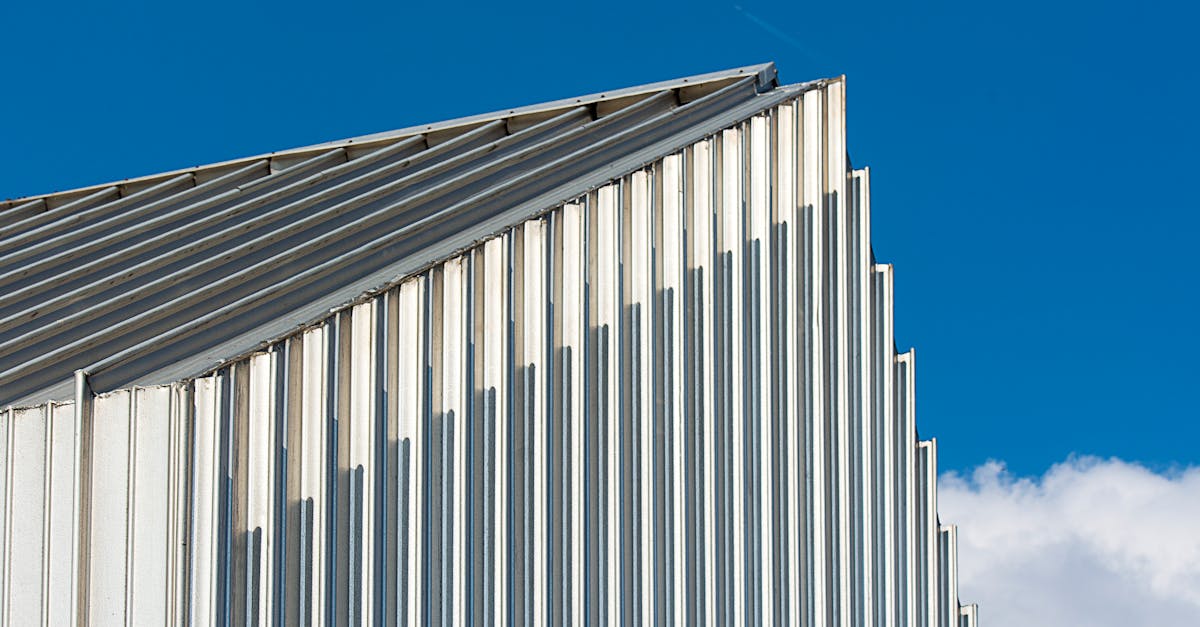Tile To Metal Roofing Replacement Sydney

Table Of Contents
Tile To Metal Roofing Replacement Sydney
When homeowners in Sydney consider upgrading their roofs, the choice between traditional materials and modern alternatives becomes crucial. One popular trend is the use of tile or ceramic for metal or aluminum roofing replacement, which offers both aesthetic appeal and practical benefits. As the demand for innovative roofing solutions grows, many are turning to Roofing Consultation Services Sydney to explore their options and ensure a seamless transition to their new roofing system.
Navigating the complexities of roofing materials can be overwhelming, especially with the myriad of choices available in the market today. Tile and ceramic options present a unique blend of durability and style, making them an attractive alternative for metal or aluminum roofing replacement in Sydney. To help homeowners make informed decisions, roofing consultation services sydney provide expert guidance and personalized recommendations tailored to individual needs and preferences. With professional support, residents can achieve a roof that not only enhances their property's appearance but also stands the test of time.
Pros of Changing to Slate Roofs to Steel
Changing to slate roofing to steel offers numerous pros for homeowners. One significant benefit is durability. Metal roofs are recognized for their ability to withstand harsh weather conditions, like heavy rain, snow, and strong winds. This durability results into a longer lifespan compared to traditional slate options. Additionally, steel roofs are more lightweight, making installation easier and more cost-effective for homeowners.
Another pro of converting to steel roofing is energy savings. Metal roofs reflect sunlight, which can help reduce cooling costs during hot summers. Such reflective properties not only contribute to lower energy bills, and they also encourage a more comfortable indoor environment. Moreover, many aluminum roofing options are designed to be environmentally friendly, creating a sustainable choice for homeowners looking to improve their home's sustainability.
Why Changing from Aluminum Roofs for Sydney
Changing from metal roofs represents the notable step for homeowners in Sydney. This type of roofing offers enhanced longevity to withstand severe weather conditions, which is essential in the local climate. Additionally, metal roofs require minimal maintenance, saving homeowners time and money over the years.
A further benefit of changing from metal roofing lies in its energy-saving capabilities. Aluminum roofs bounce back heat effectively, which can assist in lowering cooling costs during the hot summer months in Sydney. In addition, steel roofs are environmentally friendly, often made from recycled materials and being fully recyclable at the end of their lifespan. Such mix of benefits makes the choice to transition to metal roofing a wise investment for homeowners in Sydney.
Common Challenges When Upgrading Tile Roofing to Metal
Upgrading slate roofs to steel can introduce several problems for homeowners. A primary problem involves a weight difference between slate and steel materials. Tile roofs are generally heavier, which may require reinforcements to the existing roof structure to ensure the roof can support the new material. Additionally, a transition from a roofing type to another often requires compliance with local building codes, which can add complications to the project.
A further common problem involves a potential for leaks or gaps during the installation process. Metal roofs require precise fitting and sealing to prevent water infiltration, which can lead to problems down the line. Improper installation techniques may not only compromise the roof's integrity but also lead to higher maintenance costs. Alongside this, a shift in roofing style may also affect the home’s overall aesthetic, prompting owners to consider their choices carefully before proceeding.
How to Tackle Challenges of Roof Transition
Transitioning to a metal roofing from a tiled roof can present various challenges. A primary concern is a strength of the existing framework. Before commencing the installation, it is essential to inspect the condition of the underlying structure. Identifying weaknesses in the frame can lead to difficulties during the replacement process. Conducting necessary reinforcements can ensure a seamless transition to the new roofing material.
A significant issue that may arise is the adaptation of the roof's layout. Metal roofing systems can differ greatly in style compared to tiled roofs. Residents should consider how the new roof will integrate with the overall look of their home. Proper planning and consultation with roofing professionals can help in selecting a style that complements the existing structure. These steps can considerably enhance both the functionality and appearance of the home.
Exploring Fitting Procedure for Tile to Steel Roof Replacement
Switching a ceramic roof with steel often is one crucial renovation endeavor. The fitting steps includes careful organization along with the right materials. Initially, the existing roof must be carefully removed, that helps the strong structure for a new steel roof.
Following this, the fitting for new steel roof can start. This steps includes placing the steel panels in the ready structure. Correct sealing and fastening are critical to ensure moisture resistance and longevity. Finally, the concluding inspection is necessary to confirm everything are implemented properly.
Step-by-Step Explanation of Roof Transition Process
Transitioning from ceramic roof to a metallic roof can look daunting at first. Yet, through a guided guide, the process is easier. To start, it is essential to evaluate the existing tile roof for any issues or defects. Following that, carefully remove the tiles while ensuring the underlying structure remains undamaged.
After the tiles are removed, fitting the metal roofing demands proper preparation of the decking. This step involves adding a moisture barrier to safeguard the roof from water damage. Next, the metal panels can be secured to the roof structure with the appropriate fasteners. Finally, it is vital to ensure all seams are sealed properly to stop leaks. Finishing the project involves a thorough inspection to guarantee everything is placed correctly.